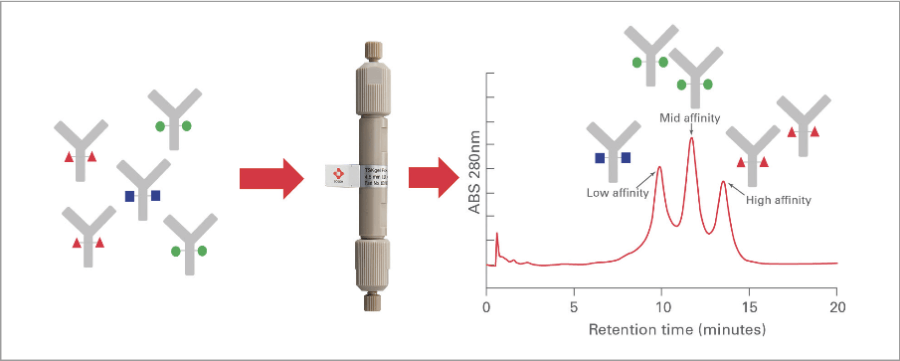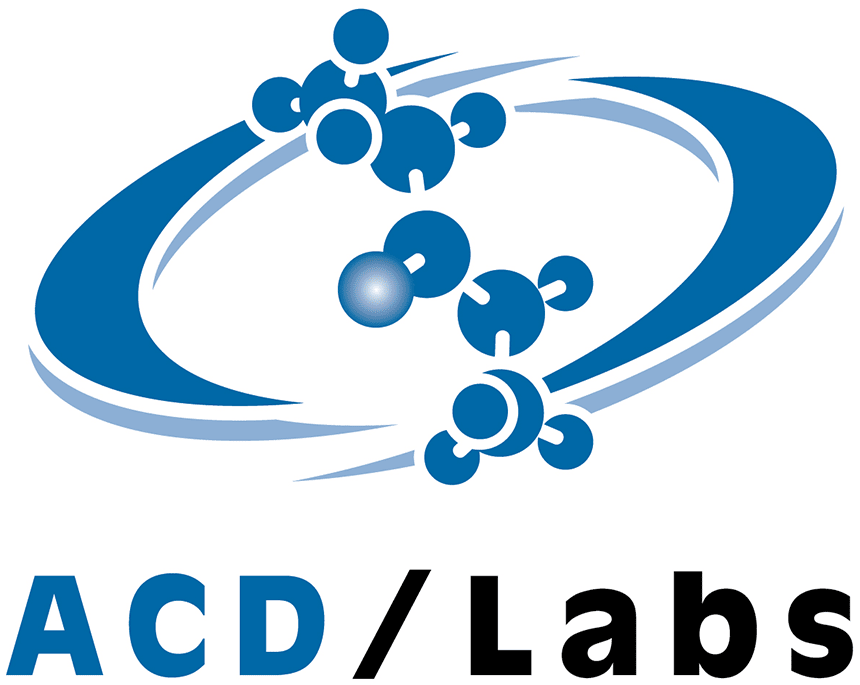Therapeutic antibodies not only specifically bind molecules, but also activate immune responses through interaction of their Fc part with Fc receptors on immune cells. The FcγIIIa receptor is particularly important as it leads to the death of pathogenic cells. The process is referred to as antibody dependent cellular cy totoxicit y (ADCC) and increases with along with affinity to the receptor. This in turn depends on Fc glycosylation.
Tosoh Biosciences’ TSKgel® FcRIIIA chromatography columns employ the FcγIIIa receptor as a ligand and thus separate antibodies according their affinity to the receptor. They analyzed the FcR affinity profile in a Rituximab sample in only 30 minutes. Fractions with high, mid and low affinity antibodies were then subjected to a cell-based ADCC assay and glycan analysis.
Learn how ADCC activity and glycan pattern correlate with FcR affinity bit.ly/FcR-Affinity






